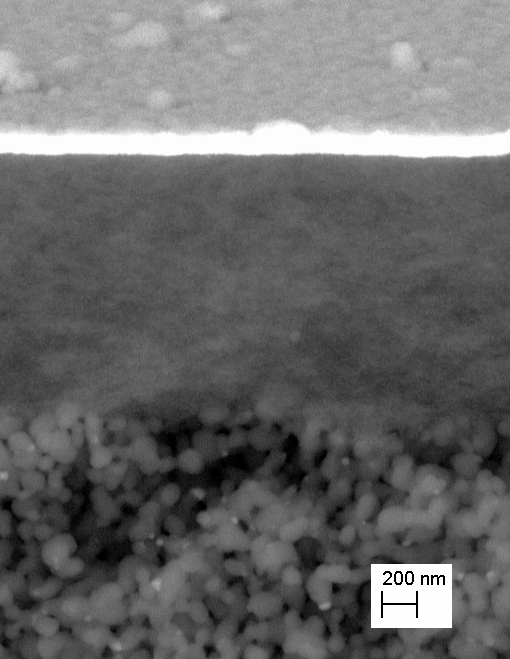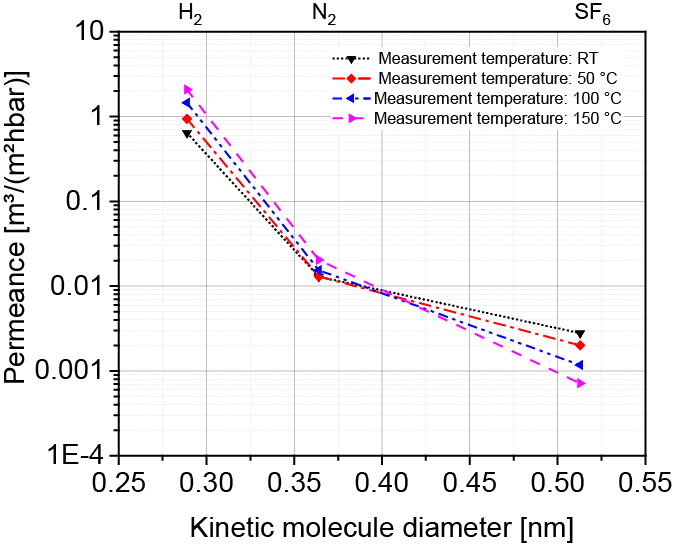

The development of metal membranes is a new field of research at Fraunhofer IKTS. Metal membranes can be used, for example, to separate hydrogen from hot, moist process gases. This application places very high demands on the metal membrane: on the one hand, it must have very good thermal and chemical stability and on the other hand, it must have excellent membrane quality. Palladium membranes are ideally suited for this separation task, since palladium is only permeable for hydrogen.
At Fraunhofer IKTS, palladium membranes are applied to porous ceramic substrates via a novel wet chemical synthesis route. With this process, very thin and dense membrane layers can be realized, which allow considerable selectivities. When exposed to different single gases, the palladium membranes show an ideal H2/N2 permselectivity of > 100. The very high hydrogen permeance due to the low layer thickness of approx. 200 nm also extends the application possibilities at lower temperatures.
Services offered
- Development of novel wet-chemical syntheses for the production of metal membranes
- Optimization of the manufacturing process for the deposition of coatings on different substrates (if required customer-specific as well)
- Sample production of asymmetrically structured metal membranes on tube geometries with a length of up to 0.5 m
- Characterization of metal membranes by single and mixed gas permeance measurement
- Customized separation tests